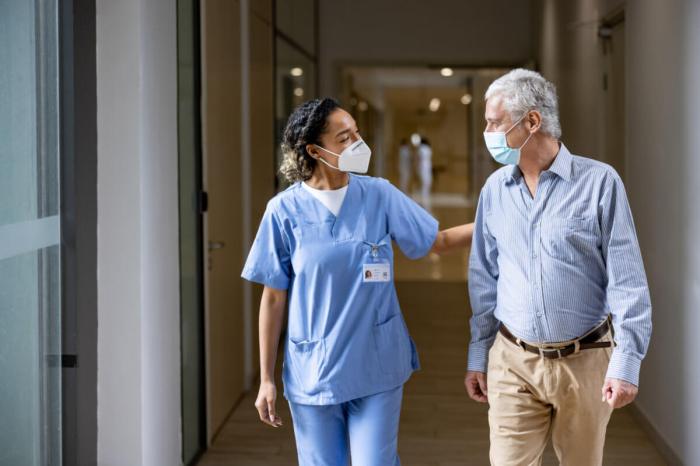Since Superstorm Sandy hit our shores, some of you have been able to move back and continue with your lives without much change. But for some other Downtown residents and businesses, the storm has brought devastating damage that will take a long time to recover from. For these people, many questions remain about insurance and government assistance programs, to name just a few. With these concerns in mind, last week we conceived and published a new weekly paper: NYC Reconnects.
NYC Reconnects (www.nycreconnects.com) is a joint venture of the NYC Community Media papers — Downtown Express, The Villager, Chelsea Now and Gay City News. Some of you may have noticed the new paper in Express drop-off locations. This week’s issue is inserted in this hard copy, and includes a focus on arts groups in addition to the vital nuts-and-bolts information that people recovering from the storm can expect each week from NYC Reconnects.
Downtown Express will cover the storm’s aftermath from a news perspective, and we hope NYC Reconnects will be more of a handy informational guide for people who are winding their way through the paperwork and bureaucracy tied to Sandy’s aftermath. It’s a struggle we can identify with, as we are now publishing our second post-storm Express out of our second temporary office.
The Express took a similar step 11 years ago after the Sept. 11 attacks, when we published joint issues with The Villager until expanding to a weekly. There are a few similarities to that crisis, but this is a different situation. We’re not sure how long we will publish the new paper, but we will continue it for as long as it makes sense and is needed.
Storms and hospitals
Last month’s horrific storm exposed a few vulnerabilities in this city’s preparation plans for natural disasters. At the top of the list is the fragility of low-lying areas like much of Lower Manhattan, and that’s an area we will continue to explore. Another important issue that needs attention is providing adequate health care during emergencies.
As we report this week, New York Downtown Hospital evacuated its patients, not because of a flood risk but because Con Edison needed to turn off steam service in the area. There is no reason to think the utility did anything improper, but as hospital chief Jeffrey Menkes told us, there needs to be a systematic change so that Con Ed has the ability to take necessary precautions to protect its equipment while allowing hospitals to function during “catastrophic events.” After all, that’s when medical care is needed most.
Downtown Hospital could have provided vital services during the storm and immediately thereafter. There were many seniors and others who felt trapped in their apartments and relied on volunteers to bring them things like medicine and batteries for medical devices. A few hundred more trained professionals sure could have helped the cause.




































